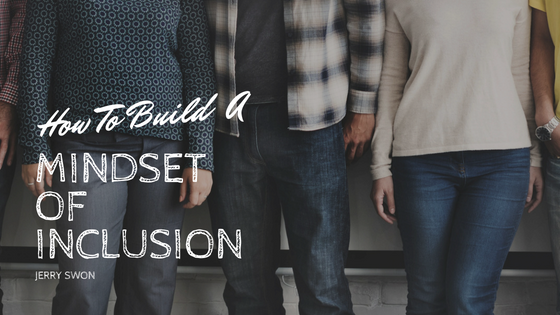Funding a cause can stretch across the global landscape, from arts to science to humanities and everything in between. Philanthropic work touches a variety of lives in a myriad of ways; it’s one of the unique blessings of grant funding in the first place.
One of those groups that are most often touched, but sometimes forgotten, are people with disabilities. Nearly 20% of people in the United States have at least some disability, whether a physical handicap that is evidenced by things such as a wheelchair, or a hidden disability like anxiety or depression. What’s more is that the unemployment rate for people with disabilities is a whopping 64%.
The statistics are in, and people with a disability feel more ostracized and stigmatized than ever. Part of the job of being a funder is not only to provide the means by which the world can grow but that people who may feel disenchanted by others can be included as well.
Here are a few ways they can do precisely that:
- Encourage Organizations to Adapt. Although funders are not explicitly in charge of the organizations that they support, they still hold a considerable amount of influence on the operations that the entity partakes in. By encouraging – or, to take it a step further and mandating it as a condition of the grant – organizations to make themselves more accessible by providing ramps or socially-safe activities, they can influence a group to become more inclusive.
- Communicate Accessibility. One of the struggles that many people with disabilities face is who to contact in case they need to make special accommodations. Provide a number or contact information on all event or program materials that will get people in contact with the proper people. Furthermore, communicate on your material loudly that this organization is striving to be inclusive: anticipate activities or accommodations that people might suggest and describe them in detail.
- Prioritize Inclusion. Alongside the central goal of an organization – whether that goal is to spread education, combat poverty, or something else – the funder and the group need to prioritize inclusion among their own ranks. Actively recruit people with disabilities and value them for their vital contribution to their time. Once a group begins to break down the walls that divide us as humans, everything else falls into place.


